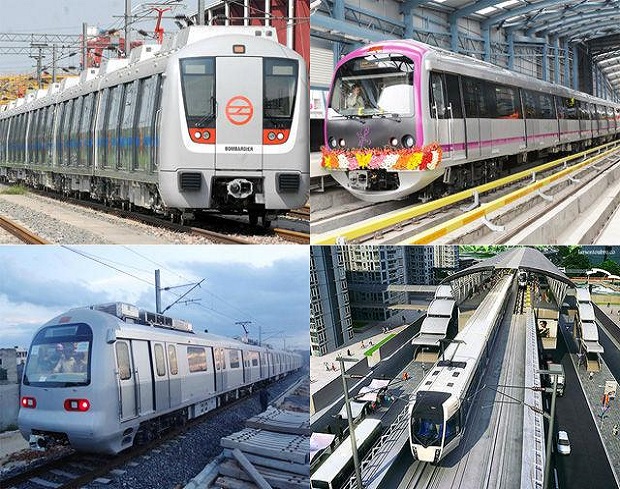[vc_row][vc_column width=”2/3″][vc_column_text]In case you missed it, the United States provided yet another wonderful case study in bad corporate governance in the Wells Fargo case this past September.
On September 8th 2016, Wells Fargo Bank was fined $185 million (Kes 18.5 billion) by regulators after it was found that more than 2 million bank accounts and credit cards had been opened or applied for without customers’ knowledge or permission between May 2011 and July 2015. Employees had been opening and funding accounts in order to satisfy sales goals and earn financial rewards under the bank’s incentive-compensation program.” Dice it or slice it, this was a fraud of monumental proportions that had to have been known from the top. Or was it known? Well, John Stumpf was not trying to take one for the team. Following the termination of about 5,300 employees (about 1% of the workforce) in relation to the allegations, the champion stallion appeared on television on September 13th 2016 quite unapologetic. “I think the best thing I could do right now is lead this company, and lead this company forward,” in response to calls for his resignation. Stumpf was acting straight out of the African leadership playbook titled “Id Rather Die Than Resign.”
A week later, Stumpf met the inimitable Massachusetts Senator Elizabeth Warren. Ms. Warren had done her homework extremely well and in 17 short minutes excoriated the bank CEO. I’ve extracted the first painful minutes here:
Warren: Thank you, Mr. Chairman. Mr. Stumpf, Wells Fargo’s vision and values statement, which you frequently cite says: “We believe in values lived not phrases memorized. If you want to find out how strong a company’s ethics are, don’t listen to what its people say, watch what they do.” So, let’s do that. Since this massive years-long scam came to light, you have said repeatedly: “I am accountable.” But what have you actually done to hold yourself accountable? Have you resigned as CEO or chairman of Wells Fargo?
Stumpf: The board, I serve —
Warren: Have you resigned?
Stumpf: No, I have not.
Warren: Alright. Have you returned one nickel of the millions of dollars that you were paid while this scam was going on?
Stumpf: Well, first of all, this was by 1 percent of our people.
Warren: That’s not my question. This is about responsibility. Have you returned one nickel of the millions of dollars that you were paid while this scam was going on?
Stumpf: The board will take care of that.
Warren: Have you returned one nickel of the money you earned while this scam was going on?
Stumpf: And the board will do —
Warren: I will take that as a no, then.
Two things to note here: First of all is how Stumpf was trying to bring in his board of directors as the reason why he was not resigning. We will never know if his board quite frankly wanted him gone by this time but couldn’t get garner the guts to ask him to leave, after all he was both Chairman and CEO. Secondly, he also laid the decision to pay back his past bonuses squarely on the board’s hands. Under Warren’s probing eye, he was not trying to take the flak for not paying back unfairly earned bonuses. On this one, he was going to go down with his board. Having seen how Wall Street executives had walked away with a slap on the wrists following the global financial crisis of 2008, Warren went for the jugular:
Warren: OK, so you haven’t resigned, you haven’t returned a single nickel of your personal earnings, you haven’t fired a single senior executive. Instead evidently your definition of “accountable” is to push the blame to your low-level employees who don’t have the money for a fancy PR firm to defend themselves. It’s gutless leadership.
Stumpf, who had probably had the best legal brains prepare him for the Senate hearing, had even been trained on the classic “I don’t recall” technique for any questions whose answers might lead to self incrimination. But Warren was in no mood to take prisoners and gave the classic ultimatum.
“You know, here is what really gets me about this, Mr. Stumpf. If one of your tellers took a handful of $20 bills out of the cash drawer, they probably would be looking at criminal charges for theft.
They could end up in prison. But you squeezed your employees to the breaking point so they would cheat customers and you could drive up the value of your stock and put hundreds of millions of dollars in your own pocket. And when it all blew up, you kept your job, you kept your multi-million dollar bonuses and you went on television to blame thousands of $12 an hour employees who were just trying to meet cross-sell quotas that made you rich. This is about accountability. You should resign.
You should give back the money that you took while this scam was going on and you should be criminally investigated by both the Department of Justice and the Securities and Exchange Commission. This just isn’t right. A cashier who steals a handful of twenties is held accountable. But Wall Street executives who almost never hold themselves accountable. Not now, and not in 2008 when they crushed the worldwide economy. The only way that Wall Street will change is if executives face jail time when they preside over massive frauds. We need tough new laws to hold corporate executives personally accountable and we need tough prosecutors who have the courage to go after people at the top. Until then, it will be business as usual. ”
It is noteworthy that it is not only Kenya that is struggling to get corrupt practices actively prosecuted, especially those perpetuated by “untouchables”. And after that lacerating and very public questioning, the bank’s independent directors announced on September 27th that Stumpf would not be receiving $41 million (Kes 4.1 billion) of promised compensation while they launched an independent investigation. Clearly, being thrown under Stumpf’s bus was not what they had signed up for and necessary action was taken.
John Stumpf threw in the towel and finally resigned on October 12th 2016 from the Wells Fargo Board and also stepped down from Chevron Corp and Target Corp on October 19th 2016 where he served as a non-executive director. An honorable action that was a day long and a dollar short.
[email protected]
Twitter: @carolmusyoka[/vc_column_text][/vc_column][vc_column width=”1/3″][/vc_column][/vc_row]

 carolmusyoka consultancy
carolmusyoka consultancy
 @carolmusyoka
@carolmusyoka

